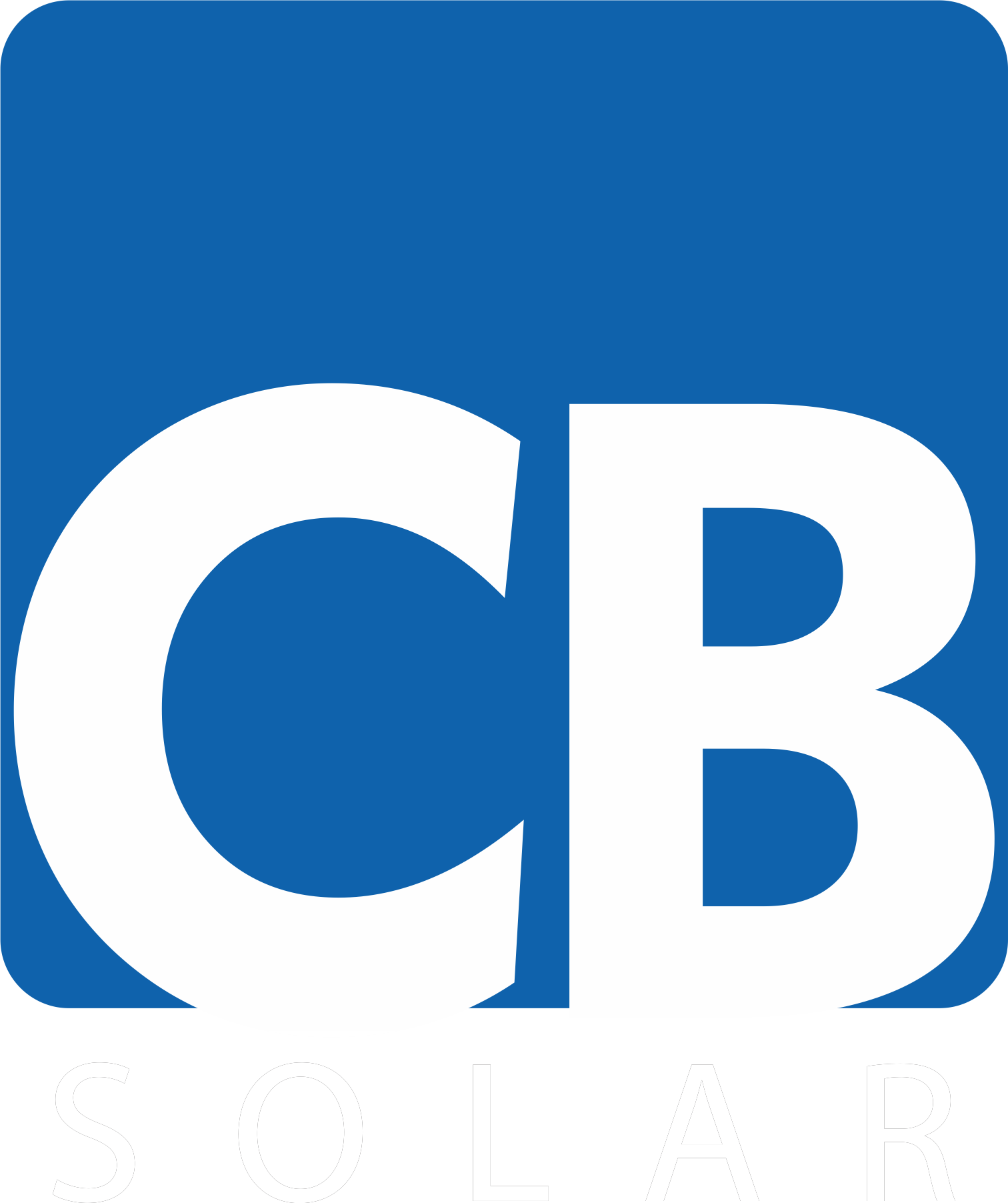Utilization of high-efficiency solar photovoltaic (PV) panels that capture more sunlight and convert it into electricity more effectively.
Integration of smart or grid-connected inverters that optimize energy production, monitor performance, and facilitate grid interaction.
Incorporation of energy storage solutions such as lithium-ion batteries to store excess solar energy for use during periods of low sunlight or high energy demand.
Implementation of advanced monitoring and control systems that provide real-time data on energy production, consumption patterns, and system health.
Utilization of digital technologies and Internet of Things (IoT) devices to enable remote monitoring, predictive maintenance, and optimization of solar systems.
Deployment of sophisticated software tools for energy management, load forecasting, and optimization of energy use within buildings or facilities.
Integration of solar panels into building materials (such as roofs, facades, or windows) to enhance aesthetic appeal and maximize solar energy generation.
Use of innovative mounting systems and tracking technologies that maximize solar panel efficiency by adjusting panel orientation and tilt angle throughout the day.
Exploration and adoption of emerging technologies such as perovskite solar cells, transparent solar panels, and solar thermal systems to expand the capabilities and applications of solar energy.

support@yourdomain.tld